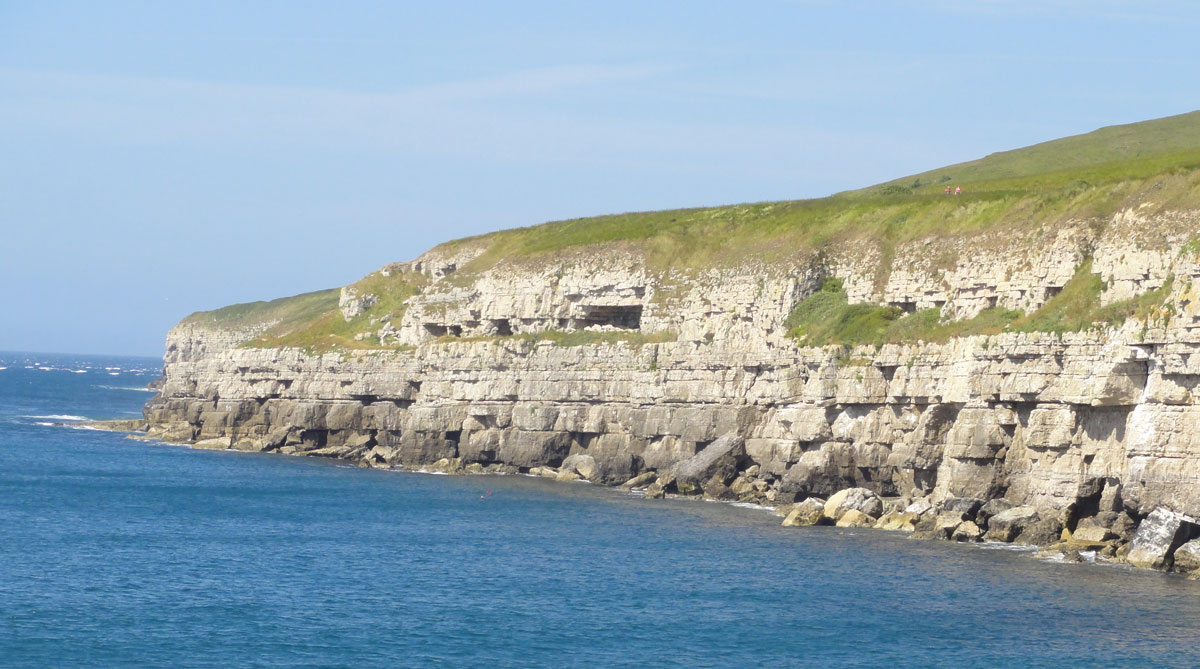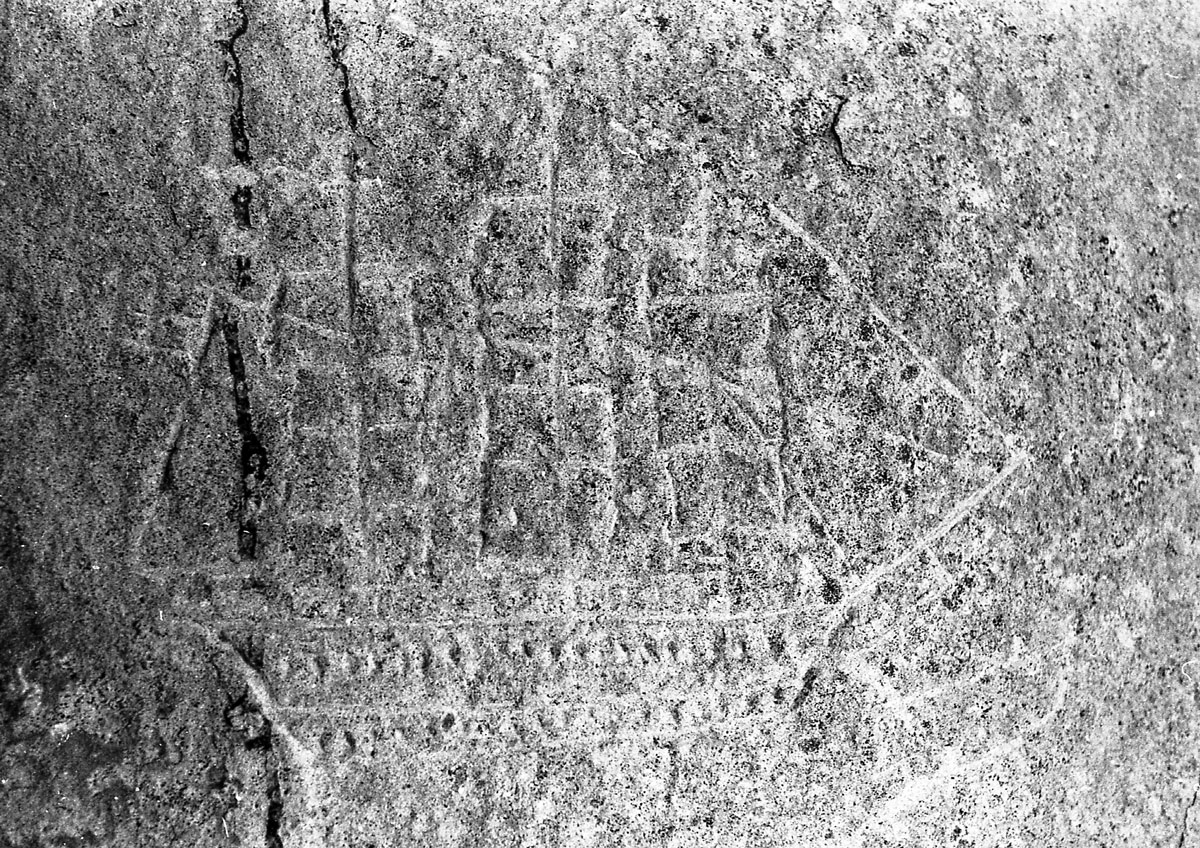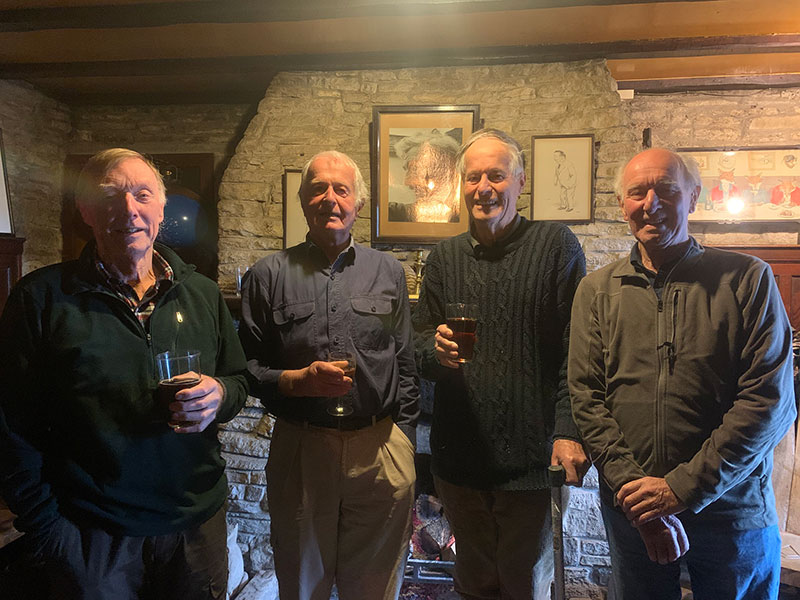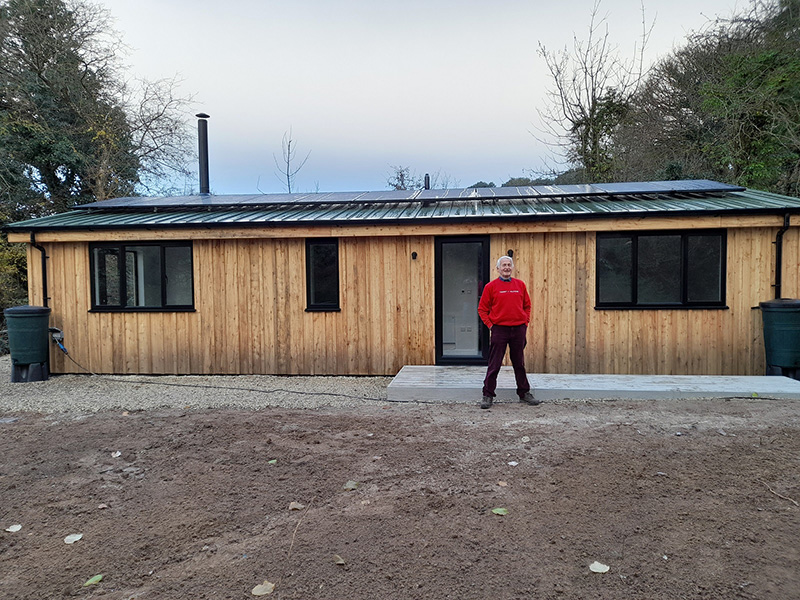30. The Fate of The Halsewell 1
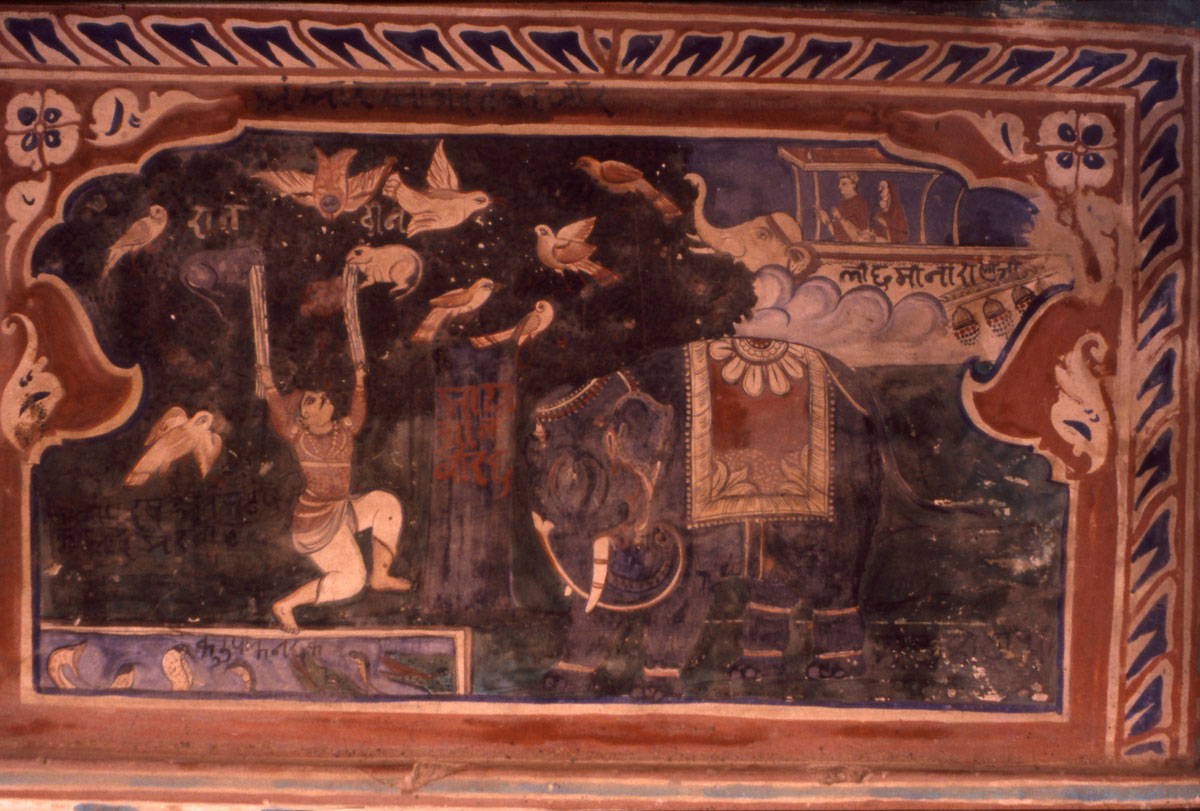
29. Mandawa
November 12, 2020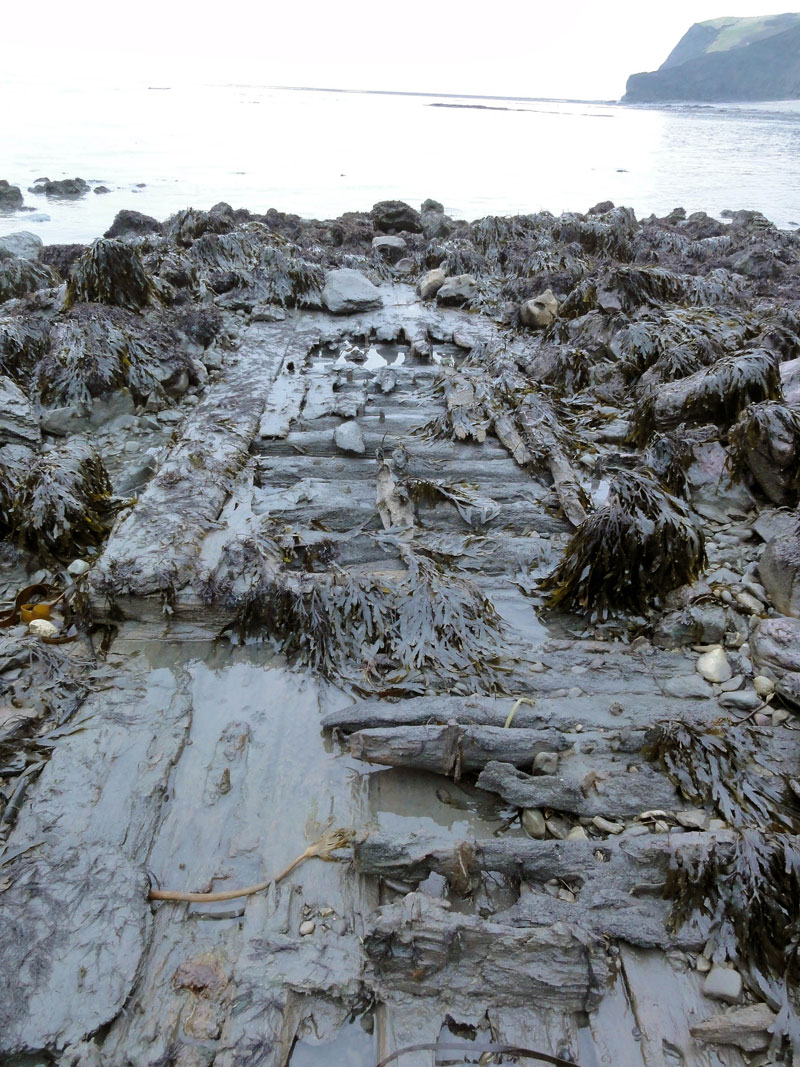
31. The Fate Of The Halsewell 2
November 26, 2020Purbeck map Blog 15
A drama connects Purbeck directly to India. The greatest, saddest wreck along its coast, of an East Indiaman bound for Calcutta, took place two miles south of my caravan. It was not part of my childhood narrative. That lay deep in the shadow of WW II, in which my father fought, his brother died. This disaster, forgotten by all but those families which were involved, took place long before.
As boys, in spring and early summer, we would walk along the cliffs, climbing down where it was possible, in search of cliff birds (Blogs16, 17). It is more than sixty years since we first reached the quarry, halfway between Winspit and Seacombe, which features in this story. The descent to it was not difficult but intimidating, a steep slope down to the ledge was broken abruptly by a sixty foot abyss. Taking it carelessly threatened to hurl you onto the rocks below. From the ledge a short, easy climb offered a good view of breeding razorbills.
It was the quarry's name I learned first, not that of the ship which gave it. Trev knew something of the story. His father had inherited a fowling piece rescued from the wreck. Perhaps, then, neither of us was much interested in the disaster: it was history. Even the name was uncertain: in my 1950s diaries it appears variously as Hounswell, then Hauswell finally, Halsewell. It derived from Halswell House, in Somerset, so all three were wrong. The ledge was precarious at one point, turning sharply and narrowly from a broad, grassy expanse into another less broad.
Incised into the rock face was the faint chiselled outline of a big sailing ship with two rows of cannon. First time, I pencilled in the lines before photographing it with my mother's old camera, bought with her winnings from Calcutta races. It proved badly out of focus. Time has obscured that ship but it is no coincidence that it was incised immediately above the wreck's site.
Halsewell Quarry is best seen from Seacombe, looking westish. The larger Winspit quarry narrows to its end past two dark, dug caverns. Nearer is a short, sheer stretch of cliff then, nearer still, an isolated grassy stretch of quarry. Below its western end The Halsewell struck.
She sailed under Richard Peirce who, on his last assignment before retiring, carried his two daughters along with their cousins. No girl hoped to returned from India alone. There were few nice English girls in Calcutta, many young, wealthy men in need of a wife. It became a well-established pattern. My grandmother, sailing to India to visit relatives, married grandfather Ilay there. Heading there 150 years after the Peirce girls, my mother, with other aims in view, met my father and returned engaged so the system did me no harm!
In December 1785 The Halsewell, lying at the London port of Gravesend, took on a full cargo and 103 recruits for the East India Company army before moving downriver to moor at a point where most passengers boarded. Eight recruits were rejected during a final health check; at night four others deserted. India was far away and their dark quarters below deck were uninviting. Amongst the crew were seventy lascars, mostly Indian Muslims.
On 31st December The Halsewell descended the Thames estuary but fog decided Capt Peirce to drop anchor beyond The Nore light-house. 1786 dawned clear and frosty so they continued out of the estuary and along the Kent coast to Deal, the last point for passengers to board. A couple loosely connected by marriage to the Peirce family, whose baggage was already on board, were expected there. 'No show', so their goods were put ashore. If they lost much of an expensive fare, they would keep their lives...until the final summons.
The Halsewell, sailing through a freezing night, approached Portsmouth, where Peirce hoped to drop off the pilot who had guided them this far. It was calm, snowing. He needed more wind. Although it rose enough to approach a little closer, it kept changing direction. He decided to anchor off the Isle of Wight until morning. It was bitterly cold, snow lay across the decks and the canvas of the sails was frozen, hard to manoeuvre. Sailors sent up aloft in those terrible conditions to attempt to furl them were only partially successful.
During the night a strong easterly gale got up and the ship dragged her anchor towards the coast of the island. To avoid running ashore Peirce ordered the anchor cable be cut. That set The Halsewell free to sail with the wind down the Channel. It was now Tuesday 3rd January and, despite the rough weather, they managed to put the pilot onto a smaller vessel bound for Dublin. During the night the wind moved to southerly, threatening to push The Halsewell off course towards the Cornish coast. They must go about and head back up the Channel but, heavy with leaking water, the ship refused to turn. The only answer was to reduce sail, but it proved impossible to furl the main and topsail. The Halsewell charged on. Finally, Peirce gave the drastic order to cut down the mizzen mast, reducing weight and sail. Even then she would not turn. Only when the main mast was felled, dragging five sailors overboard, did the ship obey.
The cure was temporary. The wind was now in the west and the strain was too great on the foremast and its upper section fell, damaging the foresail. Without sails it was impossible to steer the ship. The crew put up a pair of small emergency masts and sails. They passed near Portland and might have sought shelter, but it was too dark to risk it. The bitter gale increased. We are off Purbeck now; The Halsewell passed dangerously close to St Aldhelms Head, wallowing with the wind through darkness towards the shore.
<>0V0<>

